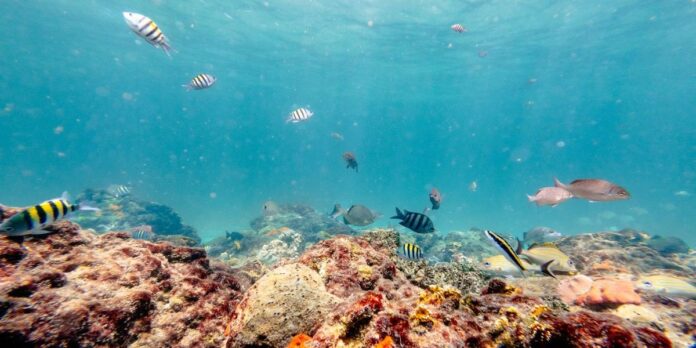Introduction to Deep-Sea Mining
The world is on the cusp of a new era in mining, one that takes the industry beneath the waves to the ocean floor. Deep-sea mining, the process of extracting minerals from the seabed, is becoming increasingly attractive as land-based deposits dwindle. However, this emerging industry is not without its challenges and controversies. The U.S. authorization of deep-sea mining has been met with criticism, with many arguing that it violates international law and harms the global community.
The Role of the International Seabed Authority (ISA)
At the heart of the dispute over deep-sea mining lies the ISA, the United Nations agency responsible for regulating mining in international waters. Despite issuing over 30 exploratory permits, the ISA has yet to finalize rules for commercial extraction, creating a regulatory vacuum. This vacuum has encouraged countries to pursue deep-sea mining on their own terms, leading to a patchwork of different approaches and agendas.
Norway’s Reversal on Deep-Sea Mining
In a significant development, Norway became the first country to approve commercial-scale deep-sea mining within its exclusive economic zone. The plan, which covered an area larger than the UK, aimed to secure metals like cobalt, scandium, and lithium for green technologies. However, the move was met with strong opposition, both domestically and internationally. Environmentalists argued that the plan undermined Norway’s own environmental standards, and the Norway Institute of Marine Research criticized the government’s decision, citing limited data and the need for further research. Following mounting pressure, Norway reversed its decision, suspending its deep-sea mining plans.
Global Interest and Concerns
Other countries are also eyeing the potential of deep-sea mining. India has announced plans to explore the Clarion-Clipperton zone, a mineral-rich region in the Pacific. Meanwhile, the Pacific Islands are emerging as a battleground in the race for deep-sea resources. Kiribati, a small island nation, is in talks with China after a previous deal with a Canadian company collapsed. However, critics warn that such moves can lead to exploitative outcomes, driven by economic desperation rather than environmental or social considerations.
The Need for Collective Governance
The rush to deep-sea mining is exposing a critical flaw in global governance: fragmentation. The ISA’s inability to provide a unified framework has led to countries charting independent courses, threatening the integrity of marine ecosystems. The harm caused by deep-sea mining is not limited to the ocean floor; it can impact the entire water column. A study analyzing a 1970s test site found that while some sediment dwellers were able to recover, larger animals dependent on polymetallic nodules did not return.
Geopolitical Dynamics and Environmental Concerns
The surge in deep-sea mining is reshaping geopolitical dynamics, with China dominating global production and processing of rare earths. The U.S. has viewed seabed mining as a national security imperative, with Secretary of the Interior Doug Burgum warning that the country will be at the mercy of others controlling its supply chains. However, this approach risks setting a dangerous precedent, where powerful nations issue their own licenses outside multilateral systems, leading to conflicting claims and reduced protections for vulnerable maritime nations.
Conclusion
The world faces a dilemma in balancing the urgent demand for critical minerals with the need to preserve fragile marine ecosystems. As the ISA continues to develop a mining code, and more countries reject its pace, it is essential to find a collective approach to governance that prioritizes both environmental protection and the responsible extraction of seabed resources. The future of deep-sea mining depends on striking this balance, ensuring that the benefits of this emerging industry are shared equitably and sustainably.

